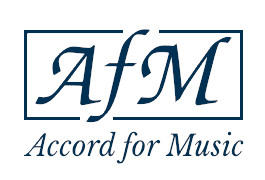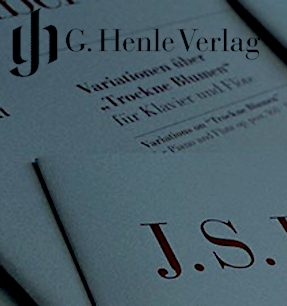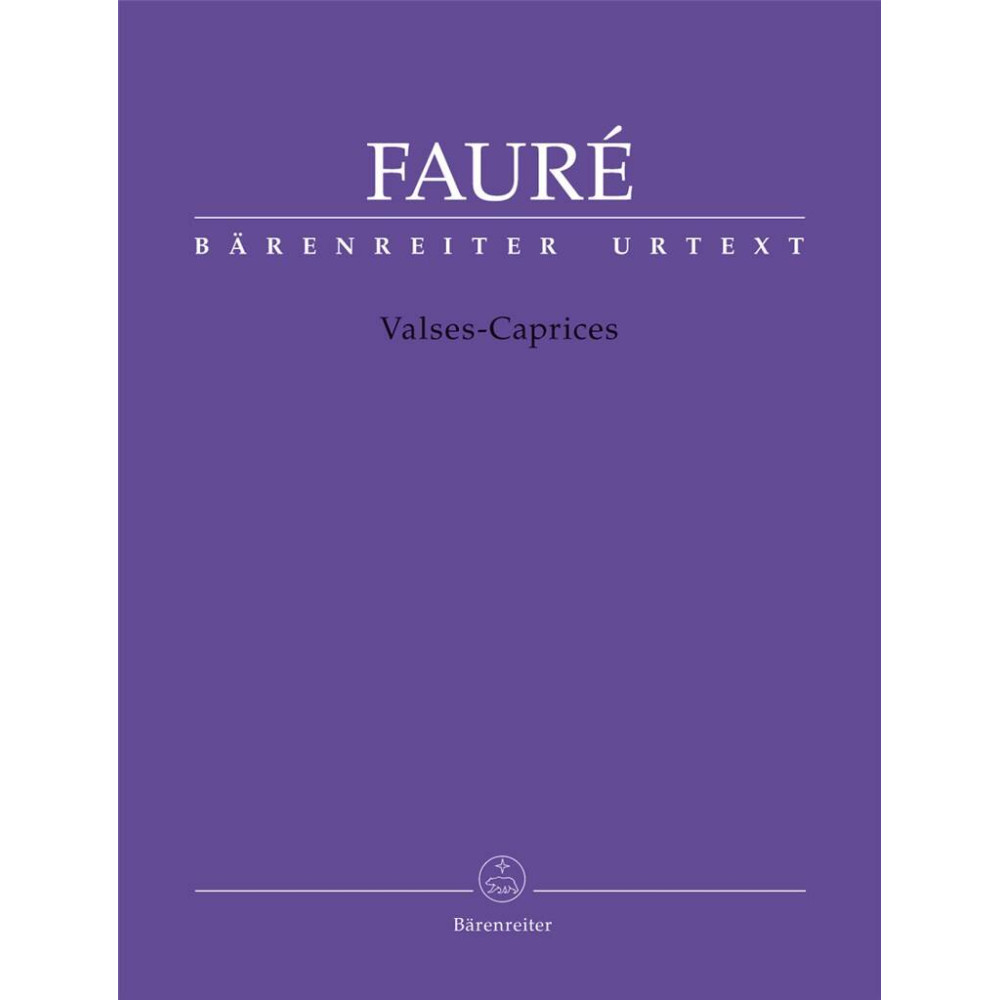Gabriel Fauré’s four Valses-Caprices (1882/83 1894) demonstrate various forms of his treatment of the waltz in combination with the free form of the caprice. The composer drew his inspirationfor his Valses-Caprices in the first place from works such as Liszt’s Valse-Impromptu and his Valse capriccio and the famous Valse-Caprice by Anton Rubinstein.
These importantworks are now made available in scholarly-critical Urtext editions based on the Œuvres complètes de Gabriel Fauré and reflect the latest state of research. Detailed forewords offer information on the genesis and significanceofthe compositions as well as valuable suggestions on historical interpretation.
All the available manuscript and printed sources as well as piano rolls containing recordings by the composer have been taken intoconsideration, leading to new discoveries particularly regarding the Valses-Caprices.
Based on the Œuvres complètes de Gabriel Fauré
Based on the latest research findings and extensive sourcestudies
Informative forewords with advice on performance practice (Fr/Eng/Ger)
Christophe Grabowski is a French pianist and doctor of musicology and studied in Warsaw and Paris. He has editeda volume of the Œuvres complètes de Gabriel Fauré and is Series Editor of the Complete Chopin: A New Critical Edition as well as two volumes of the Édition Complète des Œuvres de Claude Debussy. Together with John Rink hepublished the Annotated Catalogue of Chopin’s First Editions in 2010.
Introduction
Introduction
Einleitung
1re Valse-Caprice op. 30 N 73
2e Valse-Caprice op. 38 N 81
3e Valse-Caprice op. 59 N 117
4e Valse-Caprice op. 62 N 120



































